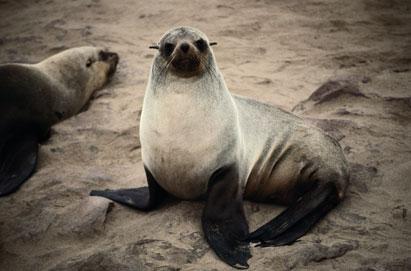Antarctic food chain weakens

According to Cambrige researchers, climate change has led to the decline of penguins, sea dogs and albatrosses in western Antarctica.
Members of a British research organization in Antarctica have been studying the population and feeding of these species in recent years. According to them, in the early eighties the situation was stable, but at the end of the decade it was observed that the population of penguins, marine dogs and albatrosses was descending. In addition, many animals were hungry and the birth rate was decreasing.
The main food of these species is the tiny crustacean called krill. Researchers know that the number of krill ingested directly influences the reproductive success of penguins and sea dogs, so seeing that populations had begun to descend, they suspected that there could be food problems.
But direct krill research is very complicated, as it moves under the currents of the South Ocean. On the contrary, penguins and sea dogs often surround themselves on the seashore, so analyzing their intestines can assess the amount of krill available in the ocean. According to studies, in the early 90's krill dropped markedly. In fact, krill feeds on subglacial algae, so by disappearing the ice sheet in the area, krill also decreases.
While it is difficult to directly relate the thinning of the sea ice sheet to the decline in the population of Antarctic raptors, studies conducted by these researchers indicate the existence of a relationship. Therefore, once again the weakness of nature is evident.
Buletina
Bidali zure helbide elektronikoa eta jaso asteroko buletina zure sarrera-ontzian











